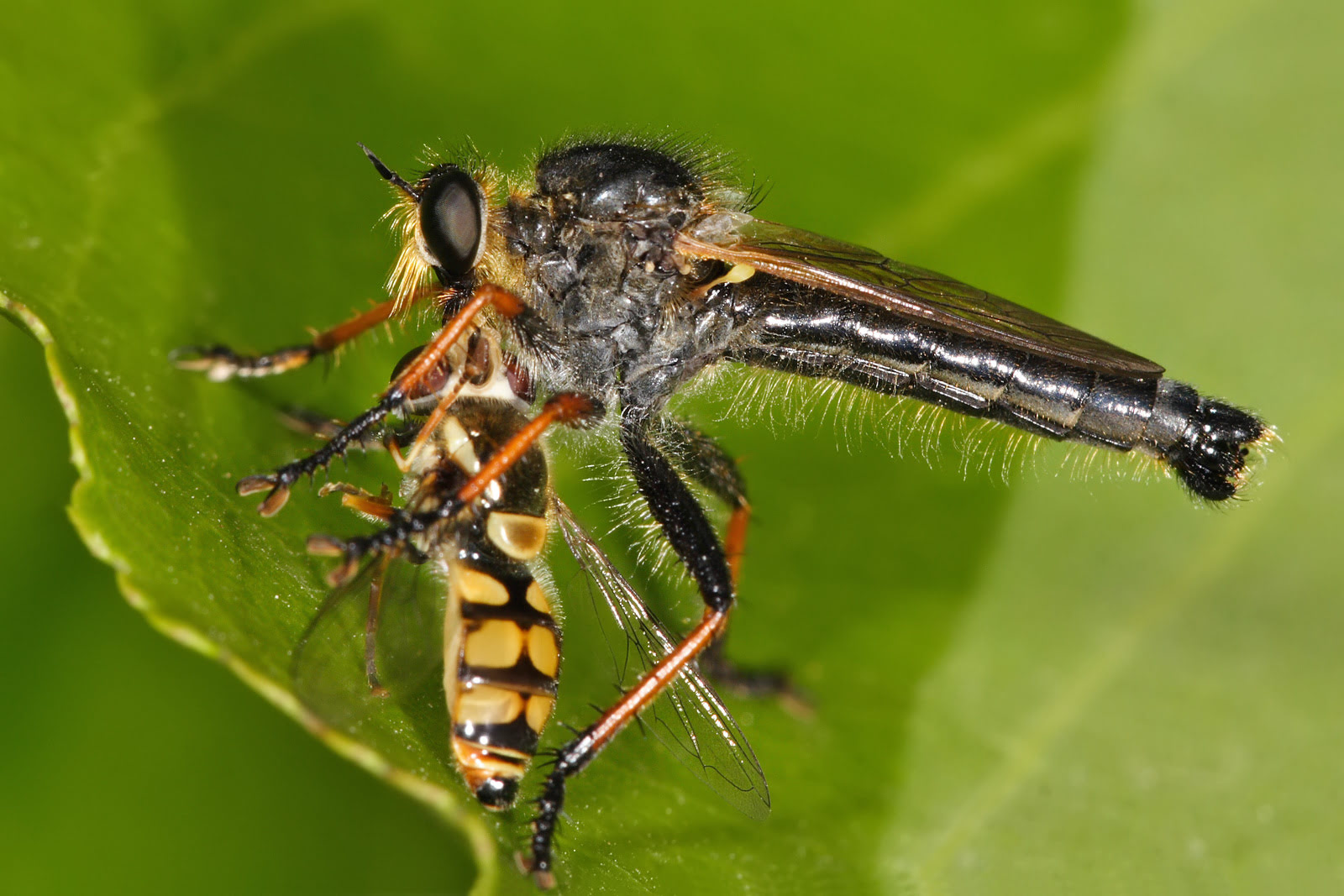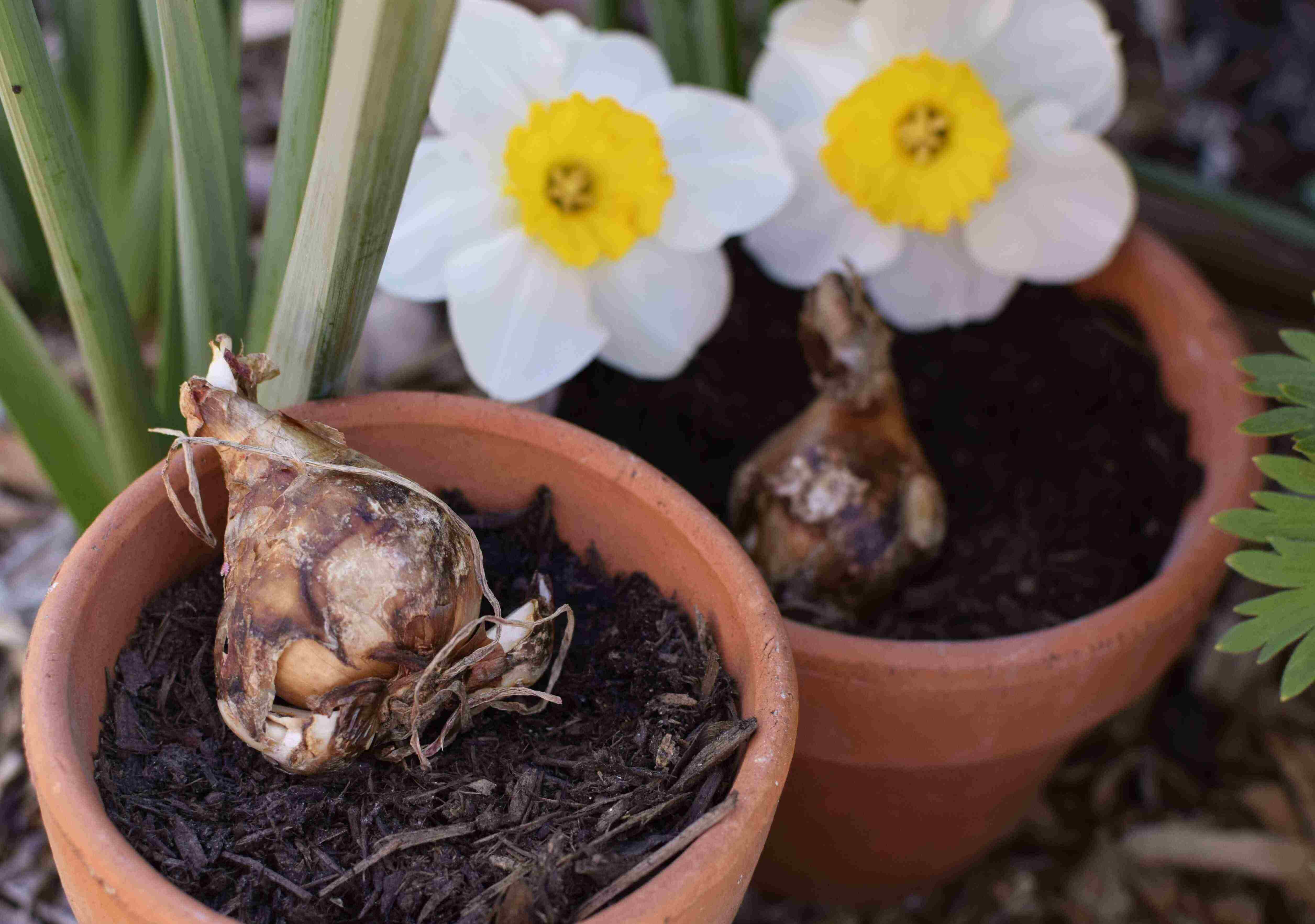Home>Gardening News and Trends>Latest News>What Animal Eats Daffodil Bulbs


Latest News
What Animal Eats Daffodil Bulbs
Published: January 21, 2024
Discover the latest news on what animal eats daffodil bulbs and how to protect your garden. Get expert tips and advice to safeguard your plants.
(Many of the links in this article redirect to a specific reviewed product. Your purchase of these products through affiliate links helps to generate commission for Chicagolandgardening.com, at no extra cost. Learn more)
Table of Contents
Introduction
Daffodils, with their vibrant yellow petals and delicate fragrance, are a beloved symbol of springtime. These resilient flowers, also known as narcissus, are a staple in many gardens and landscapes, brightening up the surroundings with their cheerful blooms. However, despite their beauty, daffodils face a persistent threat from various animals that find their bulbs to be a delectable treat. Understanding the creatures that pose a danger to these beloved flowers is crucial for protecting them and ensuring their continued presence in gardens and natural settings.
In this article, we will explore the intriguing world of daffodil bulbs and the animals that consider them a delectable meal. From the cunning tactics of these bulb-munching creatures to effective strategies for safeguarding daffodils, we will delve into the fascinating dynamics between these plants and their predators. By gaining insight into the behaviors and appetites of these animals, we can appreciate the resilience of daffodils and learn how to create a safer environment for them to thrive.
Join us on this journey as we uncover the surprising array of animals that have developed a taste for daffodil bulbs and discover the measures that can be taken to protect these beloved flowers from their hungry adversaries.
Daffodil Bulbs: A Tasty Treat for Some Animals
While daffodils are adored by many for their aesthetic appeal, their bulbs hold a hidden allure for certain animals. Daffodil bulbs, though toxic to humans and most animals, are sought after by a select group of creatures that have developed a unique tolerance to the toxic compounds within these plants. These animals have honed their foraging skills to seek out and consume daffodil bulbs, posing a significant threat to the survival of these beloved flowers.
The allure of daffodil bulbs to these animals lies in their chemical composition. Daffodils contain alkaloids, such as lycorine and galantamine, which are toxic to most mammals and can cause symptoms ranging from nausea to more severe reactions. However, certain animals have adapted to metabolize these compounds, allowing them to feast on daffodil bulbs without experiencing harmful effects. This remarkable ability sets the stage for an intriguing interplay between daffodils and the creatures that have developed a taste for their bulbs.
As we delve into the world of daffodil bulbs and their appeal to specific animals, we will uncover the fascinating adaptations that enable these creatures to consume a plant that is toxic to many others. By gaining a deeper understanding of the dynamics at play, we can appreciate the complexities of the natural world and the intricate relationships between plants and the animals that interact with them.
Animals That Eat Daffodil Bulbs
Several animal species have developed a remarkable tolerance for the toxins present in daffodil bulbs, allowing them to consume these plants without experiencing adverse effects. Among the most notable of these creatures are rodents, including mice, voles, and squirrels. These small, resourceful foragers have been known to target daffodil bulbs, often digging them up from the ground and consuming them as a source of nourishment.
In addition to rodents, certain deer species have exhibited a penchant for daffodil bulbs, particularly in regions where these flowers are abundant. The bulbs provide a readily available food source for deer, especially during periods of scarcity or when other forage options are limited. Their selective grazing can pose a significant threat to daffodil populations, making it essential for gardeners and conservationists to employ protective measures to safeguard these beloved flowers.
Furthermore, rabbits have been identified as consumers of daffodil bulbs, adding to the roster of animals that pose a risk to these plants. The persistent nibbling of rabbits can have detrimental effects on daffodil populations, especially in areas where these animals are prevalent. Their voracious appetites and ability to access daffodil bulbs make them a notable concern for those seeking to preserve these iconic springtime blooms.
By understanding the diverse array of animals that target daffodil bulbs, we gain insight into the complex interactions between these plants and the wildlife that relies on them for sustenance. This knowledge is invaluable for implementing effective strategies to protect daffodils and mitigate the impact of bulb consumption by these animals.
How to Protect Daffodil Bulbs from Predators
Protecting daffodil bulbs from the appetites of various animals requires a proactive approach that balances effective deterrence with the preservation of a thriving ecosystem. Gardeners and conservationists have developed several strategies to safeguard daffodils from predators while maintaining a harmonious environment for both the plants and the wildlife that inhabit their surroundings.
One of the most widely employed methods for protecting daffodil bulbs involves the use of physical barriers. Installing wire mesh or hardware cloth around daffodil plantings can create a protective barrier that deters rodents, deer, and rabbits from accessing the bulbs. This approach is particularly effective for safeguarding daffodils in garden settings, where the aesthetic appeal of the flowers must be preserved while mitigating the risk of predation.
Another approach involves the use of natural repellents to discourage animals from consuming daffodil bulbs. Substances such as capsaicin, derived from chili peppers, and predator urine can be applied to the vicinity of daffodil plantings to create an aversive environment for potential predators. These natural deterrents exploit animals’ sensitive olfactory and gustatory senses, dissuading them from targeting daffodil bulbs while minimizing the impact on the surrounding ecosystem.
Furthermore, cultivating companion plants with daffodils can provide an added layer of protection against bulb-eating animals. Species such as daffodil narcissus, alliums, and fritillaries are known for their ability to repel rodents and other herbivores, serving as valuable allies in the effort to safeguard daffodil bulbs. By strategically interplanting these species, gardeners can create a mutually beneficial environment that enhances the resilience of daffodils while deterring potential predators.
Education and awareness also play a vital role in protecting daffodil bulbs from predators. By sharing knowledge about the animals that pose a threat to these beloved flowers and the strategies for safeguarding them, communities can foster a deeper appreciation for the delicate balance between nature and cultivation. Empowering individuals with the tools to coexist harmoniously with wildlife enriches the collective effort to preserve daffodils for future generations to enjoy.
Implementing a combination of these protective measures can help mitigate the impact of predation on daffodil bulbs, ensuring that these iconic flowers continue to thrive in their natural and cultivated habitats.
Conclusion
The world of daffodil bulbs is a captivating realm where the resilience of these beloved flowers intersects with the foraging behaviors of various animals. Despite their toxic nature to most mammals, daffodil bulbs hold an irresistible allure for certain creatures that have developed a unique tolerance for the toxic compounds within these plants. From rodents and deer to rabbits, these animals have demonstrated a remarkable ability to consume daffodil bulbs, posing a significant threat to the survival of these iconic springtime blooms.
Understanding the dynamics between daffodils and their predators is essential for implementing effective strategies to protect these flowers. By gaining insight into the behaviors and appetites of the animals that target daffodil bulbs, gardeners, conservationists, and communities can work together to create environments that support the flourishing of daffodils while minimizing the impact of predation.
From physical barriers and natural repellents to companion planting and education, a multifaceted approach can be employed to safeguard daffodil bulbs from predators. By integrating these protective measures, individuals can contribute to the preservation of daffodils in both natural and cultivated settings, ensuring that these vibrant flowers continue to enchant and inspire for generations to come.
As we navigate the delicate balance between the natural world and human intervention, the protection of daffodil bulbs serves as a testament to our commitment to nurturing and preserving the beauty of nature. By embracing the complexities of this dynamic relationship, we can celebrate the enduring resilience of daffodils while fostering a deeper appreciation for the intricate connections between plants and the wildlife that inhabits their shared landscapes.
Through collective efforts and a shared dedication to coexisting harmoniously with wildlife, we can safeguard the future of daffodils, ensuring that these iconic flowers remain a symbol of hope, renewal, and natural splendor.



